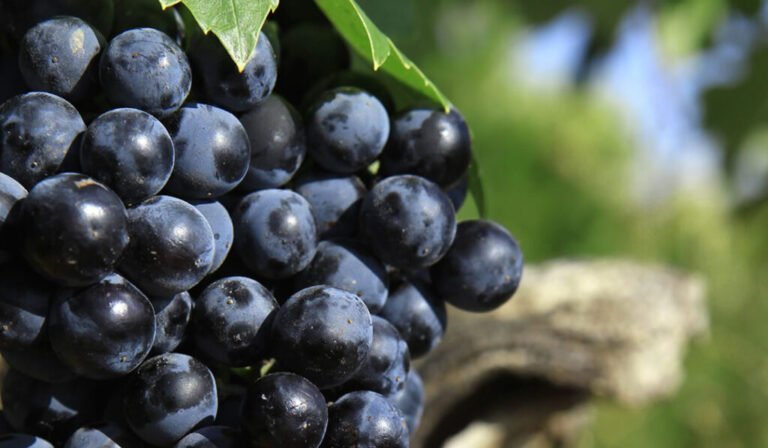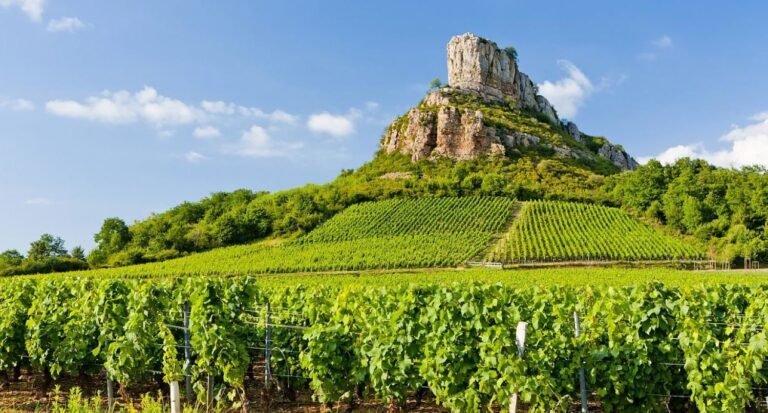We know every bottle has a story and sometimes, the same grape tells a different tale depending on where it grows. In Europe, Tempranillo, Pinot Noir and Malvasia are perfect examples of grapes that reflect their terroir beautifully. Let’s take your palate on a journey through Europe to discover how these classics change character from region to region.

Tempranillo: Rioja, Ribera del Duero & Alentejo
Spain’s flagship grape, Tempranillo, thrives in Rioja, Ribera del Duero, and even across the border in Portugal’s Alentejo. Yet each region gives it a unique accent. In Rioja, Tempranillo is all about elegance. You’ll find soft red fruits like strawberry and cherry, a hint of spice, and those classic vanilla and leather notes from oak ageing. Rioja wines tend to be silky, perfect with tapas or roasted lamb.

Head west to Ribera del Duero, and Tempranillo (locally known as Tinto Fino) becomes more intense. The wines are darker, bolder, with black cherry, plum, and a savoury edge. Ribera’s higher altitude brings freshness, balancing its power beautifully. Cross the border into Portugal’s Alentejo, and Tempranillo — called Aragonez here — feels warmer and more rustic. Think ripe blackberries, earthiness, and a touch of herb. It’s rounder and more approachable, ideal for a summer barbecue.
Pinot Noir: Burgundy, Germany & England
Pinot Noir may have its spiritual home in Burgundy, but it’s finding exciting expressions elsewhere in Europe too. In Burgundy, Pinot is refined, delicate, and deeply complex — redcurrants, raspberries, forest floor, and a whisper of spice. Each village adds its own nuance, making it a wine lover’s dream to explore.

In Germany’s Pfalz and Baden, Pinot Noir — or Spätburgunder — is lighter and fresher, with bright cherry, cranberry, and subtle smokiness. Cooler climates bring out its vibrant acidity and charm. And yes, even England is making waves with Pinot Noir! Thanks to warming temperatures, English Pinot offers juicy red fruit, floral notes, and a crisp, lively finish — a refreshing twist on the classic.
Malvasia: Istria & Beyond
Malvasia may not always steal the spotlight, but in Croatia it shines with quiet confidence, particularly in Istria. Once known for simple, rustic wines, Malvasia Istriana has evolved into a refined, mineral-driven white, fresh pear, almond, and a salty hint of the Adriatic. Its modern style in Croatia is crisp, elegant, and perfect for seafood, showing how winemakers here have elevated its potential.

In Italy, Malvasia can be lightly aromatic and floral in Friuli or richer and honeyed in Sicily. Even in Spain and Portugal, Malvasia has left its mark, producing fuller, softer wines. It’s a grape that adapts beautifully, always offering a taste of where it’s rooted.
Same Grape, Different Stories
That’s the beauty of wine: the same grape can tell a hundred different stories, shaped by the sun, soil, and hands that craft it. Next time you uncork a bottle of Tempranillo, Pinot Noir or Malvasia, take a moment to taste where it’s from and savour the story it has to tell.
